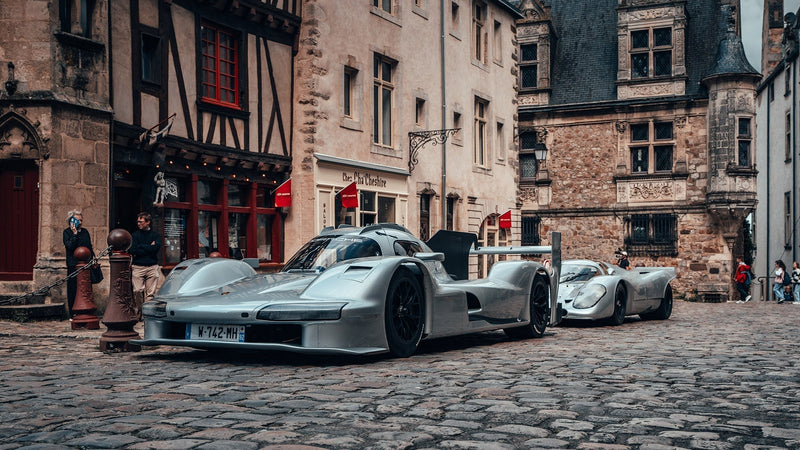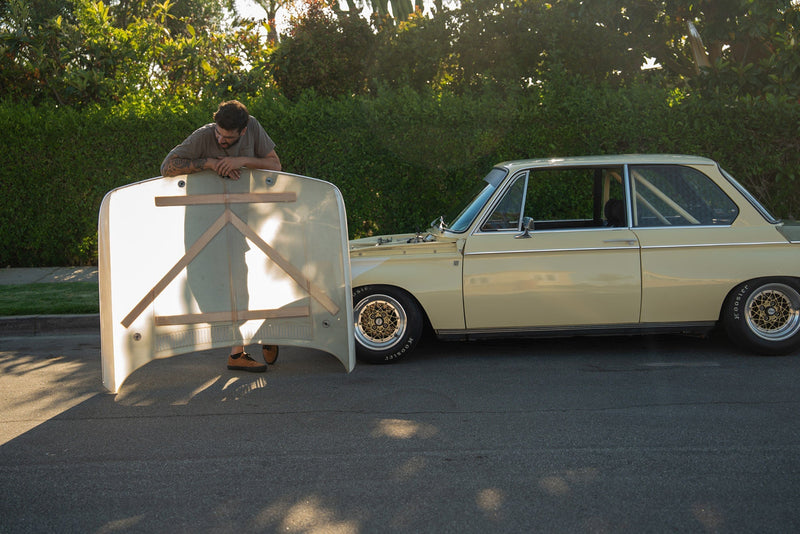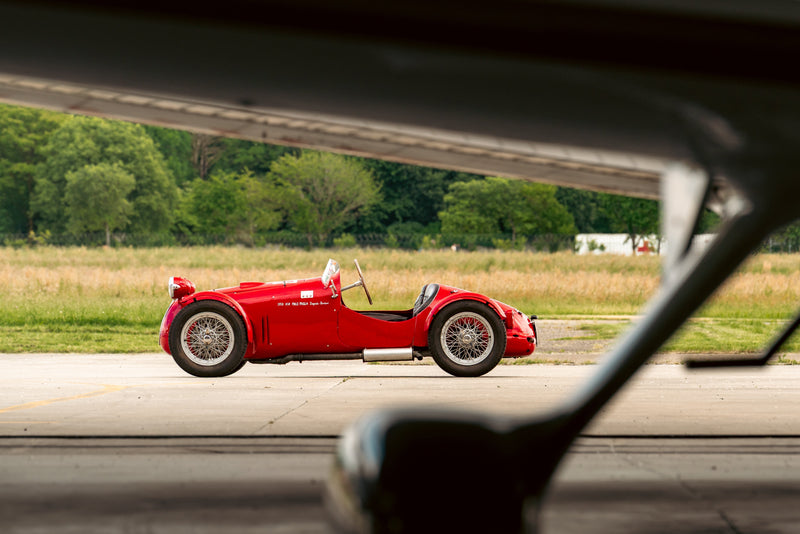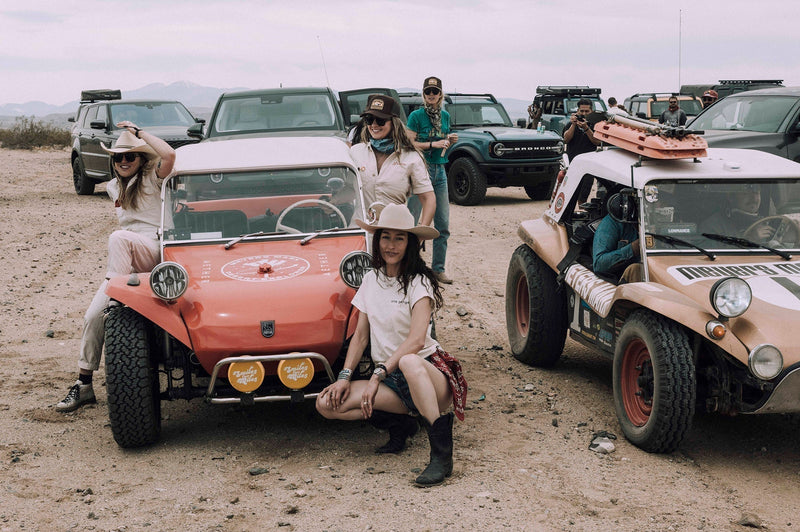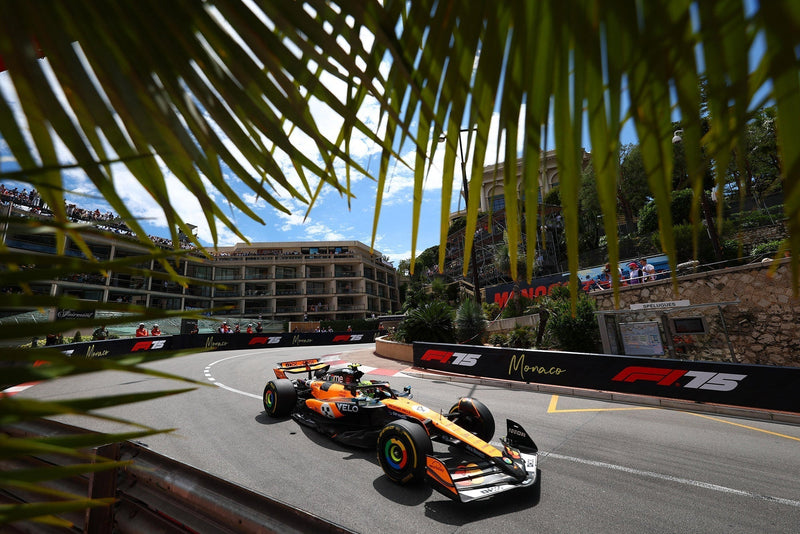One month ago, a very special automotive event was held in the city of Basel, Switzerland. The Grand Basel exhibit was equal parts car show as it was art gallery, and no less than 100 significant machines were arranged in the spacious and spotless hall to show how close this relationship between the two can, and perhaps should, be. The group was gathered here for just four days, and while the Geneva Motor Show runs longer and offers more to look at per square meter, this was far and away the best “car show” I’ve attended in this country.



I put that in quotations because it wasn’t really like the typical one. Here, such diverse showcases allowed those in attendance to define it however they liked. What I mean is that typically there’s an up-front theme at car shows: this is for vintage Italian cars, this is for Porsche, this is for automakers to show what’s next, and so on. At Grand Basel though, the stated goal of the event was to explore the relationship between cars and the human needs they serve, whether they be functional or aesthetic. By way of assembling unique automobiles from all over the world and its timeline, the Grand Basel aimed to explore the intersections of nature and architecture, engineering and artistry. If that sounds a little hand-wavy and high-concept you probably aren’t alone in thinking so, but before you groan at the mission statement I urge you to look at the cars on display to see if it doesn’t ring at least somewhat true.








To me, the show took a fresh approach to the basic format of exhibiting interesting automobiles, and rather than simply celebrating how pretty and fast they are they aimed to create a deeper discussion about the purpose and potential inherent in the idea of transportation. The conversations I overheard were in line with this, and the stark environment lent a modern art museum quality to the pieces on display. With a high contrast between the white tile floors and and the black walls, the cars seemed to have been pushed forward from another world.
Beyond being a spark for deeper thinking, the simple but striking space was simply excellent for photography; there’s nothing we can do about people loitering in frame though! Everything looked a bit exalted here, and while many of the cars were popular pieces from the automotive canon, I felt like I was seeing some of them for the first time, or at least with fresh eyes—when a car is treated like art to this extent, it’s easy to see them anew. Carefully spaced and arranged, they looked almost like toys. Here are a few of my favorites from the day spent among them.






Grand Basel showcases a limited number of carefully-selected, top-of-the-range automobiles, not just the most dignified and luxurious classic cars, but also one-off contemporary editions and technically-advanced concept cars. Therefore one could see the prestigious Bugatti Chiron sat adjacent to the very first (and now very weary) Fiat Panda, a United Colors of Benetton livery and a flowing 507 under the same roof.





Each car was selected according to their cultural significance, conceptual innovation, condition, provenance, rarity, value, and any mix therein. Among the better-known marques and cars were some that have largely faded away with time, like the domestic Monteverdis, or the Italian-style cars such as the Cisitalias, De Tomasos, Pegasos, or Iso Rivoltas. From the 1930s to the forward-looking present, there was a lot to take in. The Tesla Roadster concept was there, the LaFerrari, 918, P1, the Chiron, all the big players you’d expect, but my favorite section came on the second floor, whereupon climbing the stairs I was met by the perfect lineup.







It’s not everyday you see a Ferrari 250 MM, or a SWB California Spyder, or one of the 19 Aston Martin DB4 GT Zagatos, let alone in one room. Add to that a very special Ferrari 250 GT SWB, and it’s a hard team to beat in a beauty contest. The 250 was perhaps the most striking of the lot though in its rare shade of Giallo Modena, and to add to the uniqueness of this particular car, it was Enzo Ferrari’s personal vehicle from February to September in 1961. In front of that range of lookers was a nice contrast between performance from different eras: here you could find a wonderful and incredibly flat Ferrari 312P next to a Pagani Huayra Tempesta (in a full black carbon dress) and an eye-catching full blue Bugatti Chiron. I’d take the 312 of course, but I would be lying if I said I didn’t spend some time with the angles on the Pagani too!



Following the exhibition in Switzerland, the organizers at MCH Group have planned to show these masterpieces again in Miami Beach and Hong Kong in 2019.




















































